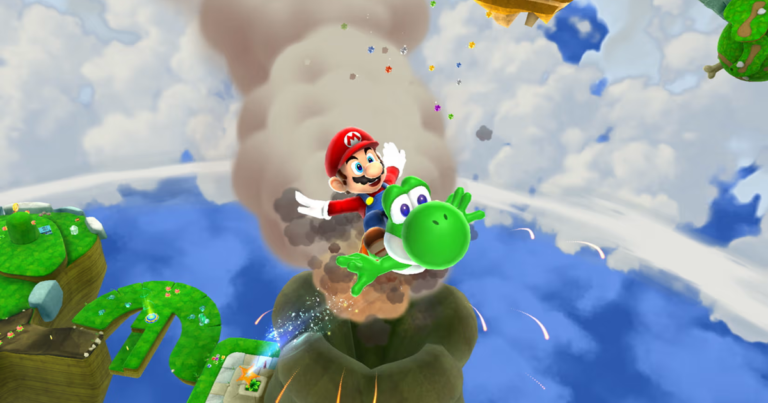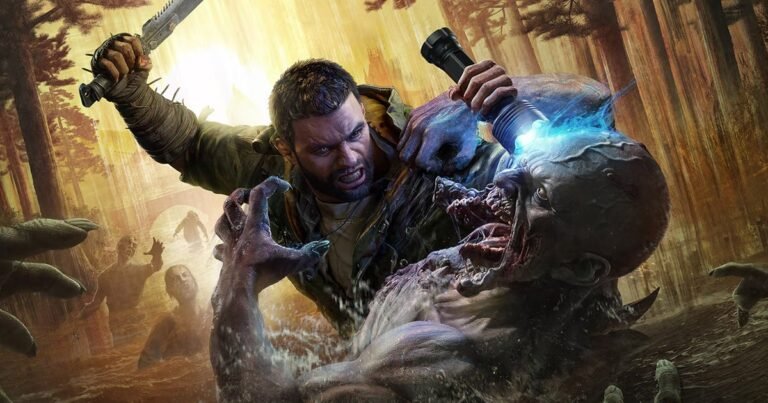
Elden Ring: Nightreign continues the saga created by FromSoftware, building upon the success of its predecessor, Elden Ring, released in 2022. The original game was praised for its open-world design, intricate mythology, and challenging combat, making it a standout title of the decade. The expansion, Shadow of the Erdtree, expanded on the lore and introduced new challenges for players.
Nightreign follows in the footsteps of Elden Ring, presenting a new world shrouded in darkness and under the influence of a mysterious new order. While retaining the familiar aesthetic and combat mechanics, this new chapter offers a more dynamic approach to world design, introducing new systems, enemies, and storylines.
Cooperative Roguelike Structure and Gameplay
Unlike its predecessor, Nightreign features a cooperative roguelike structure, allowing teams of up to three players to embark on expeditions lasting three days. Players must navigate through Limveld, a region inspired by Limgrave, facing procedurally generated enemies and events before confronting a boss at the end of each cycle. Strategic coordination, resource management, and cooperative combat are key elements in this new gameplay experience.
Expedition Objectives and Pace
Players begin each expedition by choosing their character and deciding whether to tackle the challenges solo or in a group. The ultimate goal is to survive the first two days and face the final boss, the Nightlord, on the third day. Maps vary depending on the final boss, requiring players to adapt and strategize accordingly. Time is of the essence as the map shrinks at the end of each day, adding urgency to the gameplay and forcing quick decisions.
Urgency and High Stakes
Nightreign introduces a sense of urgency and fast-paced gameplay, deviating from the contemplative nature of Elden Ring. Players must race against time to gather resources and strengthen their characters before each cycle advances. The pressure is constant, and a single mistake can result in failure, especially during the challenging final boss battle. The game rewards efficient exploration and strategic decision-making, offering a mix of initial frustration and long-term satisfaction for players.
This new formula in Nightreign can be a true test of patience, with death being constant and progress feeling nonexistent at first. However, with time and repetition, a sense of mastery begins to emerge as players learn the map’s geography, identify the best drop areas, and gain confidence to face difficult enemies. Playing with competent companions significantly enhances the experience, as ineffective allies can make the journey even more painful.
### Relics: Benefits and Limitations
Relics are valuable equipment pieces that grant specific buffs to players and their companions, obtained randomly at the end of each expedition. The most valuable relics come from victories over the Nightlord and can be crucial in confronting the final boss. However, the randomness of relic variations can sometimes disrupt the game’s balance, requiring luck to achieve effective combinations.
### Randomness, Exploration, and Demand
Nightreign is dominated by a sense of randomness, with important enemies, valuable drops, and ideal paths being unpredictable. The game’s structure demands accelerated exploration and decision-making, pushing players to optimize routes and equipment under pressure. The final battle against the Nightlord exemplifies the game’s extreme demands, with failure resulting in starting the entire expedition anew, testing the endurance of even the most methodical players.
### Cooperation and Soulslike Spirit
Despite its high difficulty, Nightreign captivates players with its appeal to overcome seemingly insurmountable obstacles, reminiscent of the Souls formula. Cooperation is essential for success, as teamwork becomes a key element in achieving victory. The diverse maps, unpredictable challenges, and constant need for adaptation make each expedition unique, appealing to those who enjoy a pure challenge and continuous learning experience.
Technically, playing Nightreign on the PS5 Pro offers a similar experience to Elden Ring, with recurring issues. Two visual modes are available, performance, and quality, with performance mode being recommended despite occasional drops in fluidity. The quality mode compromises gameplay with a lower frame rate, which can be intolerable in a game where quick reflexes are crucial for survival.
While Nightreign may be frustrating in some aspects, such as the random relics system and technical imbalances, the game offers strategic depth, maps rich in secrets, and a cooperative aspect that enhances the sense of shared progression. It presents a demanding challenge not suited for everyone, but it caters to the desires of dedicated fans of the genre who seek challenge, discovery, and triumph.
### Final Thoughts
Nightreign sets a high standard, demanding a level of difficulty and dedication that may not be for everyone. This experience, much like its predecessor, requires intense commitment and is tailored for those who truly immerse themselves in this style of gameplay. For these players, a vast world awaits exploration, filled with secrets, strategies, and hidden rewards. Those craving a focused, challenging, and relentless approach within the Elden Ring universe will find exactly what they seek: challenge, discovery, and triumph.
– Well-structured cooperation and good balance
– The Elden Ring formula adapted consciously and consistently
– A great challenge lies ahead
– The soulslike genre redefined in a compelling manner
– Challenge, discovery, and triumph
### Drawbacks
– Sense of repetition
– Discouraging after multiple failed attempts
– Solo mode can become excessively punishing



